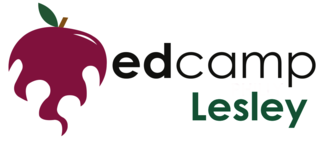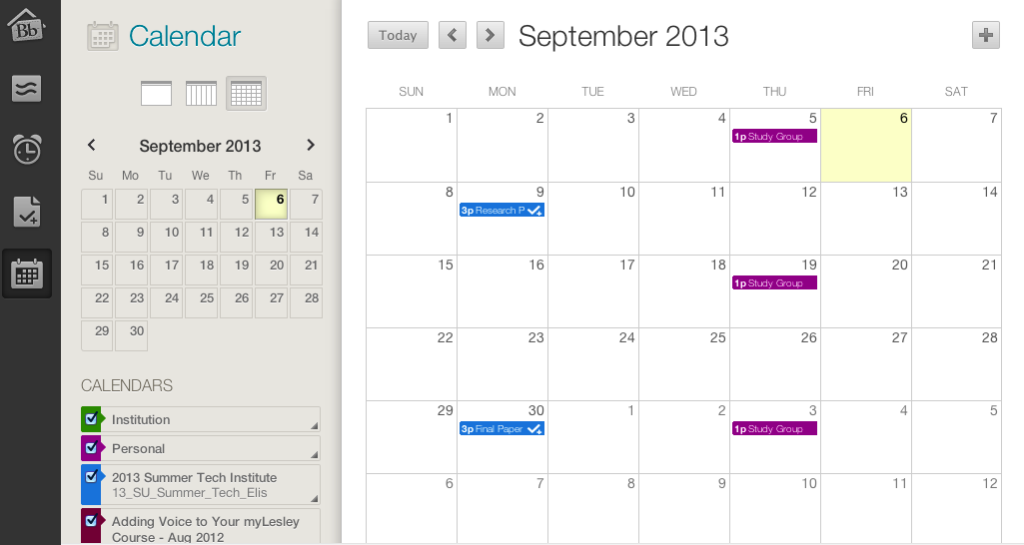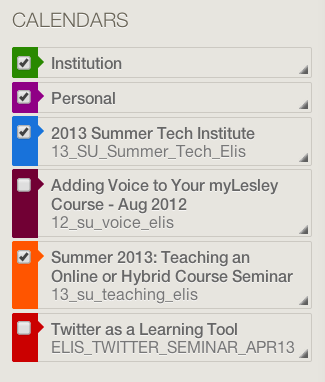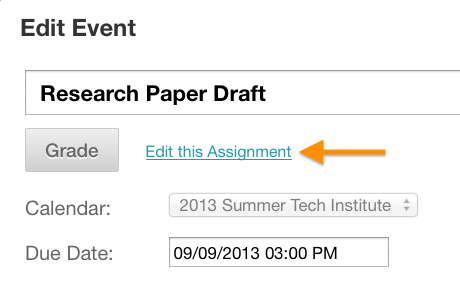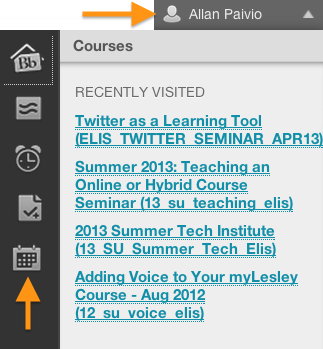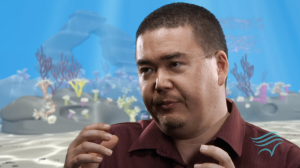
Read Designing an Online Course with Brandon Strathmann – Part 1
I am a visual and linguistic storyteller who uses the communicative powers of the drawn character along with physical acting to engage my students. These are the personal touches that keep my students engaged in the learning process. The only way I could replace my lectures and demonstrations of original artistic lessons was by making videos of my teaching, so I prepared transcripts for the dozens of visual demonstrations that accompanied this class, where I provide all of the visual examples and instructions for the course’s many lessons. Without the content I put into these video transcripts, I would not have been able to write the in-depth weekly modules I needed to envision how the class would run online.
You design a very different course for students online than you do for a traditional class, one that has a great deal more in common with writing a book. It’s not a how-to-manual, but rather an autobiographical novel that tells in writing the things that would be difficult to convey without the written word.
The end result is a very different sort of classroom experience for my students and myself which required the development of it’s own teaching philosophy. Writing out the plans for these lessons I found that I could use exactly the right words to communicate the necessary concepts to I wished to teach my students. Creating these classes is a real test of how well you know your material; everything has to be planned in advance. I would have missed out on the opportunity for personal growth if I had immediately produced instructional videos for this class without making my write-ups.
Writing this course out in advance of teaching it required that I generate many thought provoking questions to provide for students I would never meet in person. In person critiques generate a fair amount of interesting comments and challenges to the artwork that is being presented by students in response to their assignments. But they do not come up with questions as insightful and instructional as the ones that an experienced artist, like myself provides. There is no way I could have each student in a traditional classroom answer the number of complicated questions I am able to pose to them as participants in this class. There is more time for students to give feedback on one another’s artwork in an online format, something I think will be very artistically enriching for everyone.
The saddest part about teaching online for me is losing the interaction between students and myself. I suppose some of this can be made up during on-campus office hours. There is a spontaneity that occurs in the chaos, urgency and danger improving the creative process that is missing for my online students since I’m not controlling the time they get to spend on the drawing exercises. You lose the benefits of the energy you feed off of a class when you lecture, but you gain absolute control of the classroom experience.
I found generating the all-encompassing content for this class to be very demanding, since it was an entirely new experience for me. I recommend that you give this learning process the time it needs so that you can reflect upon it as you go through the steps. I was lucky to have been able to plan for this class a year before I have to teach it. Online classes are designed to be accessible by a wide variety of learners through student-centered learning and require multiple examples of clearly described instruction. A huge advantage is that students have the opportunity to pause the content for breaks and have the chance to review the content at their own speed.
Making this class was a very time consuming process, due to my experimenting in intellectual territory I was unfamiliar with. That being said it was neat to test my ability to create a course that removed myself as a physical entity from the teaching process. I regret not accumulating more imagery resources early on during this process, as this would have made it easier for me to role-play and visualize how the class would go, rather than muscling through the content in a multitude of written attempts. But, I made a richer and heavily researched class as a result having to write it out, minus all visuals. So the struggle of writing taught me new methods of learning strategies and uncovering new ideas and working processes.
Collaboration is essential to succeeding at this difficult task, there is still a fair amount of work left to-be-done on this class before it is ready to be automated. I am grateful that I have help from the Learning Technologies Department to bring this class to life. Our student body is ever-changing and online classes provide them with new ways to learn with hi-tech tools.
Note: Image orignally published on aquariumofthepacific.org
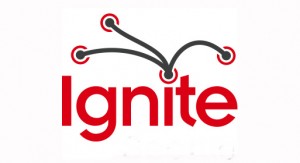 This summer, I was lucky enough to attend ASCD’s Leader to Leader (L2L) event on behalf of the Massachusetts affiliate of ASCD. The purpose of the conference is to bring together affiliate leaders and members, building capacity and fostering collaboration. During this event, ASCD staff and affiliate leaders shared Ignite sessions, which are, by definition, five-minute presentations that are comprised of 20 slides, each displayed for exactly 15 seconds. The slides move forward automatically, despite the presenter’s readiness, which creates a very quick, engaging, and dynamic atmosphere. The slides often display visuals, as opposed to traditional text-based presentations. The Ignite structure forces presenters to be succinct and clear, in addition to necessitating movement, energy, and preparedness. If you are interested in learning more, check out the history of Ignite events via Wikipedia or some additional information about what Ignite talks entail.
This summer, I was lucky enough to attend ASCD’s Leader to Leader (L2L) event on behalf of the Massachusetts affiliate of ASCD. The purpose of the conference is to bring together affiliate leaders and members, building capacity and fostering collaboration. During this event, ASCD staff and affiliate leaders shared Ignite sessions, which are, by definition, five-minute presentations that are comprised of 20 slides, each displayed for exactly 15 seconds. The slides move forward automatically, despite the presenter’s readiness, which creates a very quick, engaging, and dynamic atmosphere. The slides often display visuals, as opposed to traditional text-based presentations. The Ignite structure forces presenters to be succinct and clear, in addition to necessitating movement, energy, and preparedness. If you are interested in learning more, check out the history of Ignite events via Wikipedia or some additional information about what Ignite talks entail.
